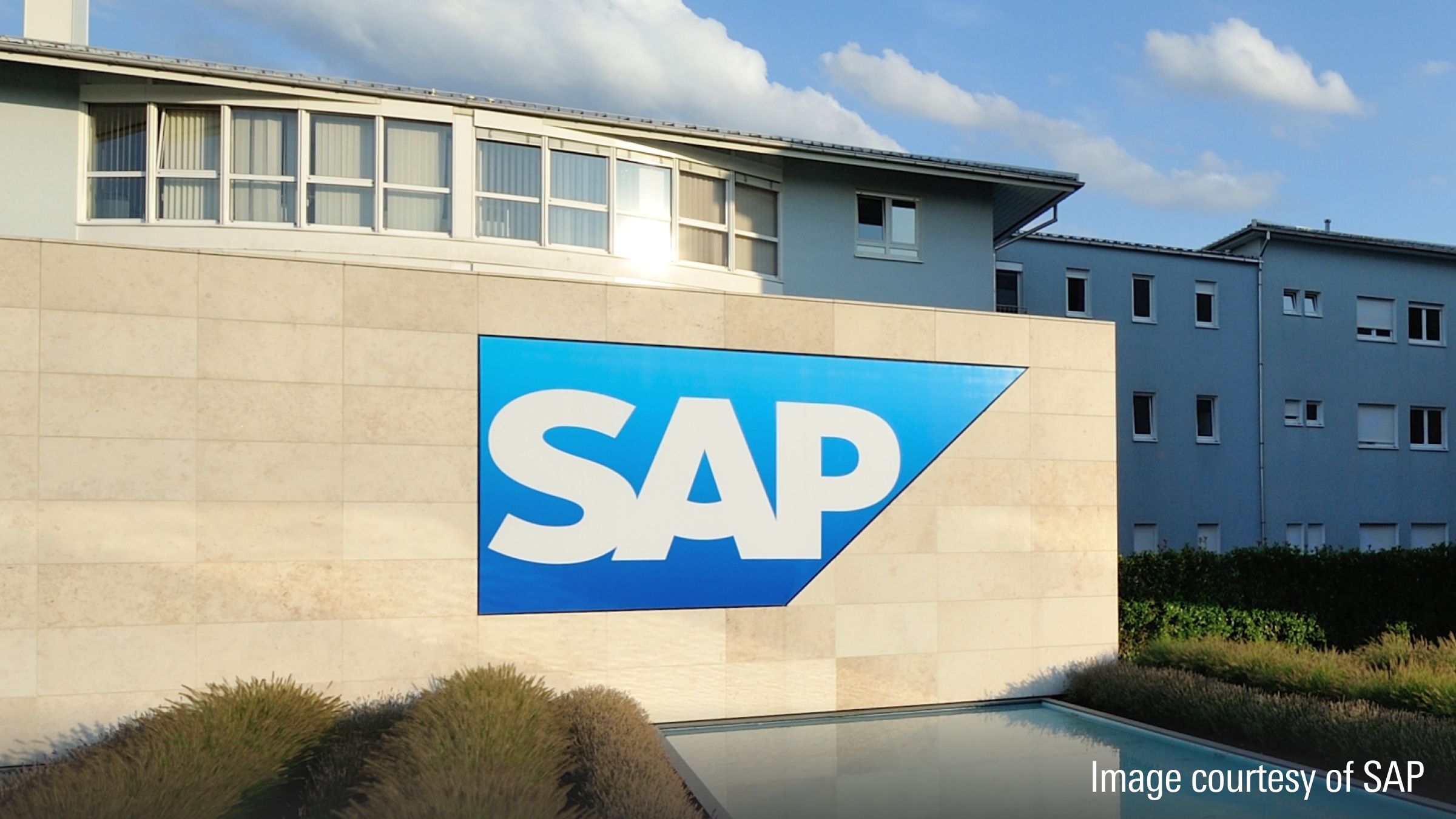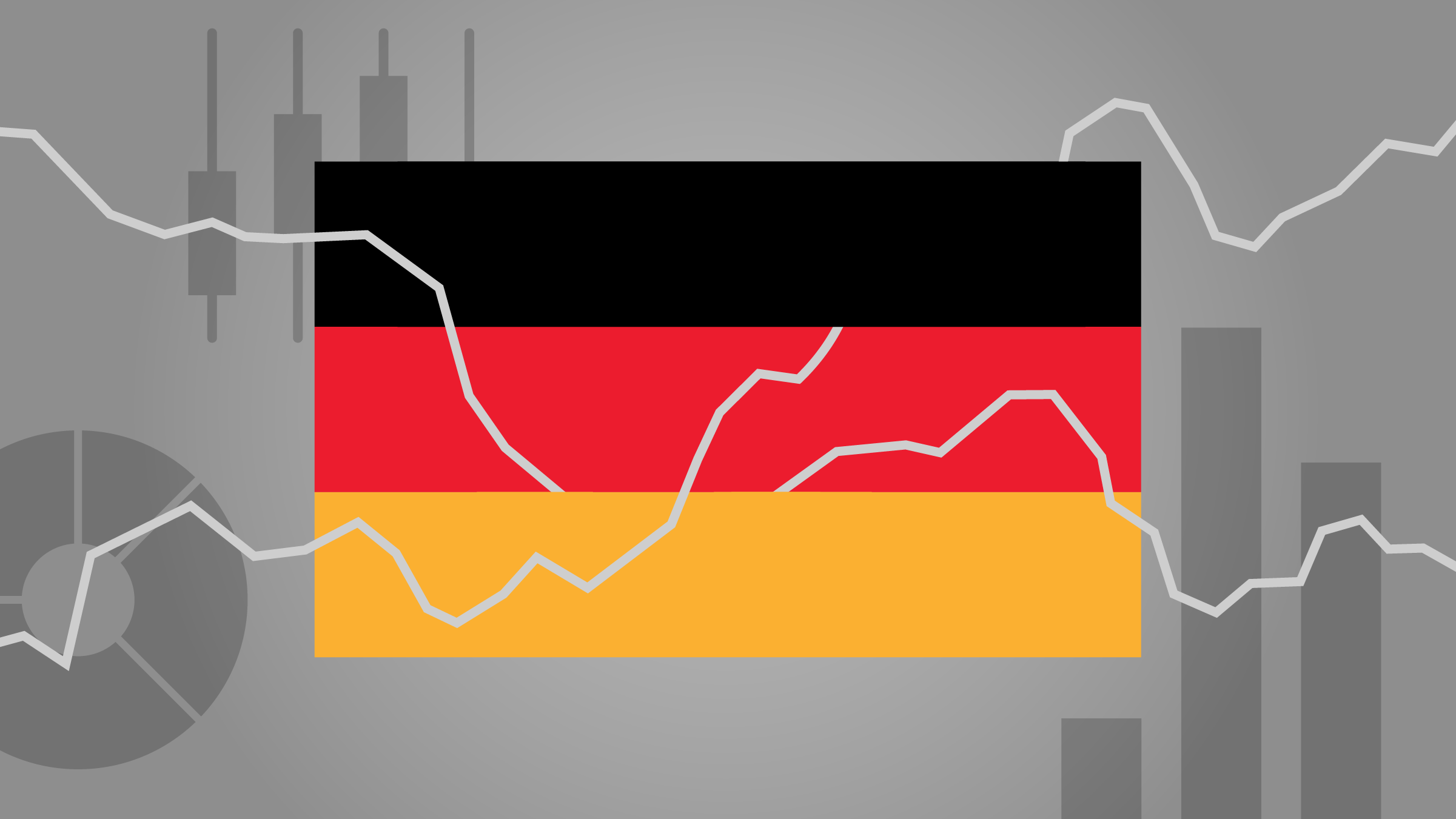Rolle im Portfolio
The Lyxor ETF IBEX 35 ETF offers investors exposure to the performance of Spanish large-cap equities as measured by the Madrid stock exchange benchmark market index. Investors seeking to build a Spanish-centric portfolio can make use of this ETF as a core building block in order to meet broad large-cap equity market exposure needs. Would-be investors should be aware that the IBEX 35 is a top heavy index where the six largest components account for around 70% of its total market capitalisation. The IBEX 35 also shows a fairly high degree of sector concentration, with financials, telecoms and utilities representing around 70% of the index’s market capitalisation as of this writing.
This ETF can also act as a satellite tool to tactically overweight Spanish equities within an internationally diversified portfolio. However, investors need to be aware that the geographical tactical role of this ETF goes beyond the confines of the Spanish market. Indeed, as is the case with many other European stock market indices, the Spanish IBEX 35 is both a dual bet on Spain and the broader international economies. Within the selected group of the largest six IBEX 35 components, we find truly multinational companies such as Telefonica, Banco Santander, BBVA, Iberdrola, Repsol YFP and Inditex, which derive a large share of their revenue from their non-Spanish operations. As such, investors may use this ETF to take tactical bets on either the geographical areas these key companies operate as well as on broad economic sector performance. Additionally, the fund’s tilt towards high-quality value stocks could also make it a good choice for balancing out a growth-leaning portfolio.
Investors outside of the Eurozone looking at this EUR-denominated ETF should be aware of currency risk.
Fundamentale Analyse
The Spanish economy can be classed as one of the main casualties of the global crisis. Gone are the solid GDP growth figures of the pre-crisis years, fuelled by a frantic pace of activity in the construction sector. The housing bubble burst has not only left the country espousing one of the highest unemployment rates of the entire developed world (e.g. 22% as we write), but with an economic growth model in need of a structural readjustment and a banking sector still dogged by market fears about its exposure to bad loans to housing developers. Spanish GDP grew by a paltry 0.7% y/y in 2011, but all forecasts point to contraction in 2012 and possibly also in 2013, with private consumption hamstrung on the combination of high unemployment and a comprehensive programme of budget consolidation undertaken by the government.
All this has undermined Spanish valuations at all levels (e.g. stock and sovereign). The Spanish stock market, as measured by the Ibex 35 index, posted losses of 13.1% in 2011 after a fall of 17.5% y/y in 2010. Much of the losses of the past two years are directly related to the negative effects of the Eurozone sovereign debt crisis on Spanish financial institutions, which have now become very dependant on the liquidity provided by the European Central Bank (ECB). This has propelled Spanish financial stocks, which make up the bulk of the IBEX 35 index, well into undervalued territory. However, normalisation is unlikely as long as the intertwined Eurozone sovereign debt / banking problem remains unsolved.
Against this general valuations backdrop, some investors may see Spanish stocks as a tactical buy opportunity. If so, we would argue that this is likely to be rationalised on the beneficial effect of the international dimension of most companies making up the IBEX 35 rather than on a significant change in perceptions with regards Spain’s immediate macroeconomic future. As mentioned, investing in the IBEX 35 is a dual bet and while the domestic angle of such bet has pushed the index to undervalued territory, the international angle could provide a measure of mean-reversion going forward.
Indeed, big Spanish banks such as Banco Santander and BBVA may have to pay a country risk premium in order to access funding in the wholesale market, but they are also reaping very substantial rewards courtesy of their operations in fast-growing Latin America. The same goes for truly multinational companies such as telecoms giant Telefonica or world’s top retailer Inditex, which continue to grow their business at a good pace beyond Spain’s geographical confines.
Indexkonstruktion
The IBEX 35 is a market capitalisation weighted index which comprises the 35 most liquid Spanish stocks traded on the Madrid Stock Exchange. The index is reviewed twice a year in June and December by a technical advisory committee. In order to be considered for inclusion, the average free float market capitalisation of the stock must be at least 0.30% of the total market capitalisation of the index. Financials is the biggest sector represented in the IBEX 35, accounting for around 35% of its value, followed by telecommunications (around 20%), utilities (10-15%) and industrials (around 10%). The IBEX 35 index is extremely top heavy form the perspective of individual names. As of this writing, Telefonica is the largest component with an average weighting close to 20%, followed by Banco Santander (17-20%), BBVA (around 10%), Iberdrola (8-10%), Repsol YPF (7-8%) and Inditex (7-8%). The individual statistical weightings of all remaining stocks stand in a 0.25-3.00% range.
Fondskonstruktion
Lyxor uses synthetic replication to track the performance of the IBEX 35 price return index. This ETF was launched in October 2006 and is domiciled in France. The fund is generally made up of a basket of blue-chip shares, largely European and with a minimum of 75% of the basket composed of stocks from Eurozone-based companies. It is not unusual for the fund not to contain many of the stocks that make up the benchmark index. In fact, a snapshot of the fund’s basket as of this writing (e.g. early February 2011) showed it only contained four of the IBEX 35 top components with a combined weight of 7%. Of the remaining fund components close to 50% in weight terms were German stocks and 16% Dutch, while non-European shares accounted for close to 7% of the basket and were all Japanese. Once the ETF’s basket of securities is in place, Lyxor enters into an OTC total return swap agreement, normally with Societe Generale, whereby it exchanges the performance of the aforementioned basket of assets for the performance of the IBEX 35 index. According to UCITS regulations, individual counterparty risk exposure is limited to 10% of the fund’s NAV at any point in time. According to our research, the OTC swap is not collateralised, which effectively exposes the investor to a loss of up to 10% of the NAV if the swap counterparty defaults. However, Lyxor is now committed to target zero swap exposure on a daily basis and is also considering the virtues of adopting an overcollateralised structure. This ETF distributes dividends on a semi-annual basis, with historical data showing a February-August payment pattern. Stock dividends paid out in the interim period are accumulated and held in a “cash bucket” invested at the EONIA rate until the ETF’s next dividend payment date. This dividend treatment can potentially create a drag on returns in upward trending markets, as dividends are not reinvested into the fund. But it could also result in outperformance if the benchmark falls.
Gebühren
The annual total expense ratio (TER) for this ETF is 0.33%. This is the top-end of the TER range (e.g. 0.25-0.33%) for ETFs giving plain vanilla long exposure to the Spanish large-cap equity market.
Alternativen
BBVA Acción IBEX 35, a physically-replicated ETF charging a TER of 0.33%, launched a few months ahead of the Lyxor fund, retains the top spot in this particular segment as measured in terms of assets under management (AUM) as we write, with the Lyxor fund coming in a close second. The Amundi ETF MSCI Spain came to the market two years after both BBVA and Lyxor. It charges a lower TER of 0.25% but it tracks a different index, namely the MSCI Spain, which comprises a fewer number of components than the IBEX 35. The db x-trackers IBEX 35 ETF, a swap-based ETF charging a TER of 0.30%, came to the marketplace in April 2011 and lags behind all other competitors in AUM terms.
Investors interested the broader Iberian region rather than just the Spanish market could look at the ESAF NYSE Euronext Iberian ETF (TER 0.45%). This swap-based fund tracks an index comprising the 20 most liquid companies listed in the Madrid Stock Exchange and the 10 most liquid companies listed on Euronext Lisbon.
















